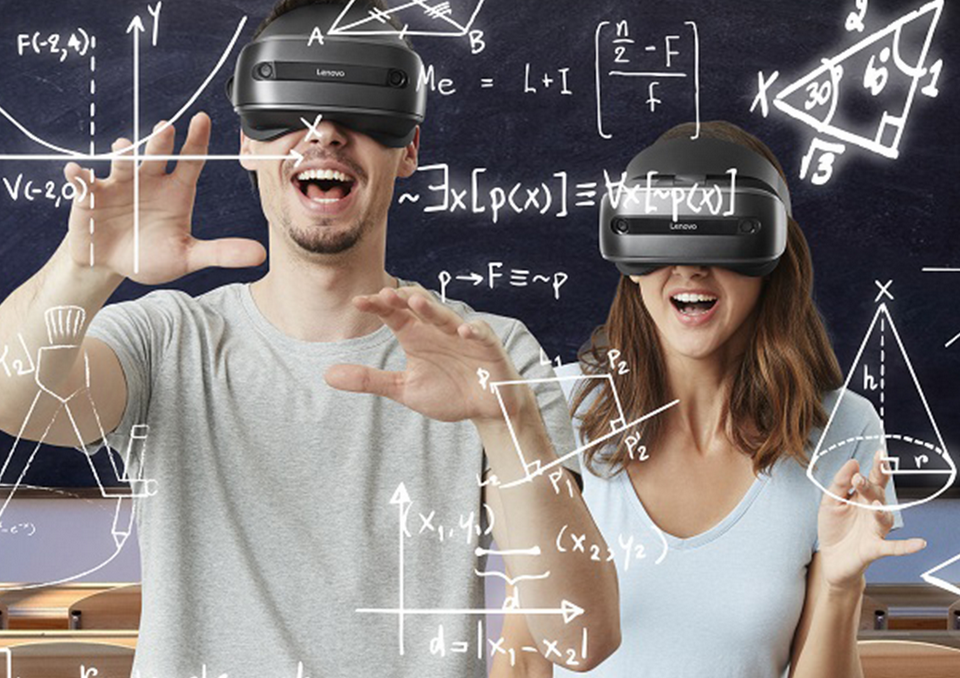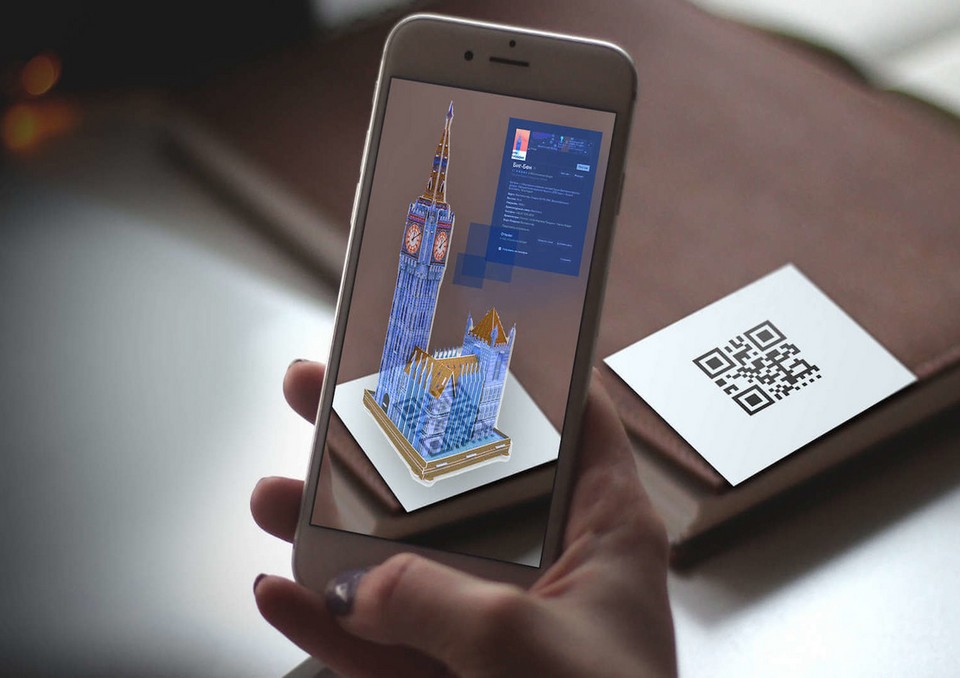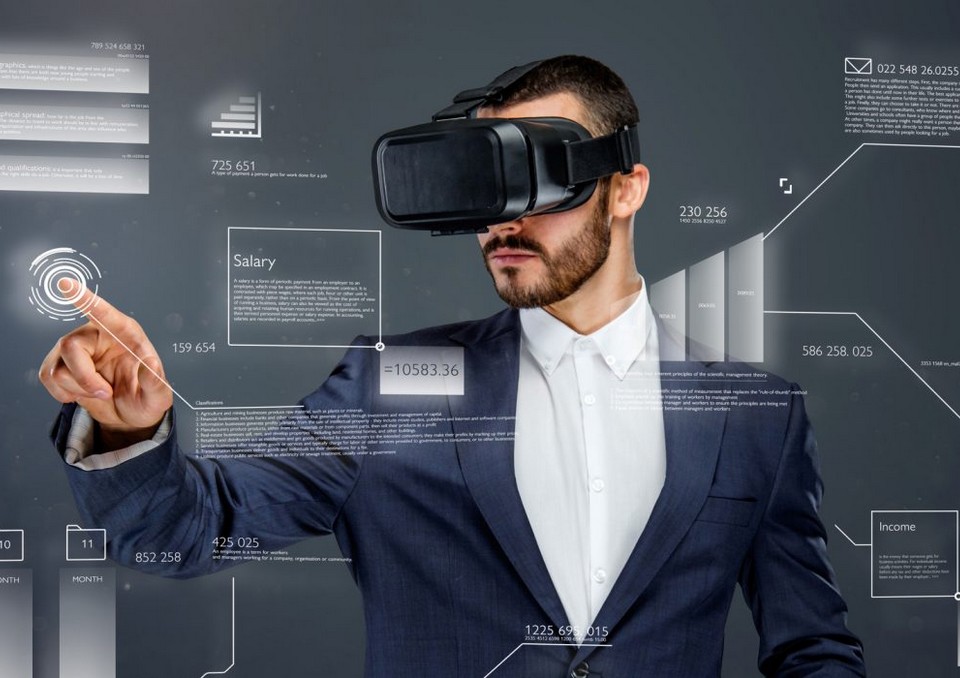Augmented reality ( AR ) is an environment that in real time supplements the physical world as we see it with digital data using various devices (tablets, smartphones, etc.) and certain software. Unlike augmented reality from virtual reality that augmented reality just adds some elements to the existing world. Virtual reality artificially creates the whole world from scratch.

1. QR Codes: By inserting QR codes with links to multimedia materials, you can make printed learning materials dynamic.
2. Design and prototyping: the creation of virtual objects that are embedded in a real environment.
3. Interactive instructions: when you point your smartphone at the instructions for using the equipment, dynamic video information appears on the screen.
4. Online consulting: a remote operator sees through the eyes of a worker wearing AR glasses and gives advice (for example, on working with equipment).
5. Output of information (background information, reports, articles, graphics) and the arrangement of information in an order convenient for study.
6. Collaborative spaces for joint remote solution of common problems.

Employees of the American telecommunications company Verizon, establishing communications in non-standard conditions, are trained using augmented reality technologies to practice difficult work situations. For example, working at height, employees receive the necessary instructions and recommendations, which are displayed on glasses with augmented reality function.
This allows employees to free their hands and concentrate on the task at hand. In a post-training survey, 80% of employees said their productivity had improved. 75% indicated an increase in the speed of completing tasks, and 62% said a decrease in the number of errors.
Narrator AR app uses augmented reality technology to teach children how to write, helping to improve fine motor and cognitive skills in an entertaining way. Kids use simple and intuitive controls to select rocket or unicorn symbols to paint letters on the screen with magic dust or rainbows. To enable AR technology, you need to create a free template on the website and print it. Each template has a code that you just need to enter in the application.

1. AR and VR in the car An
AR device that projects various functions from the driver’s mobile phone onto the car’s windshield: navigator, mail, news, instant messengers, weather, Skype, etc.
2. Reducing the downtime of self-service devices
With the help of mobile phones, when aiming at an object (for example, a car engine), demonstration functions become available: changing the oil, washer fluid, battery, etc.